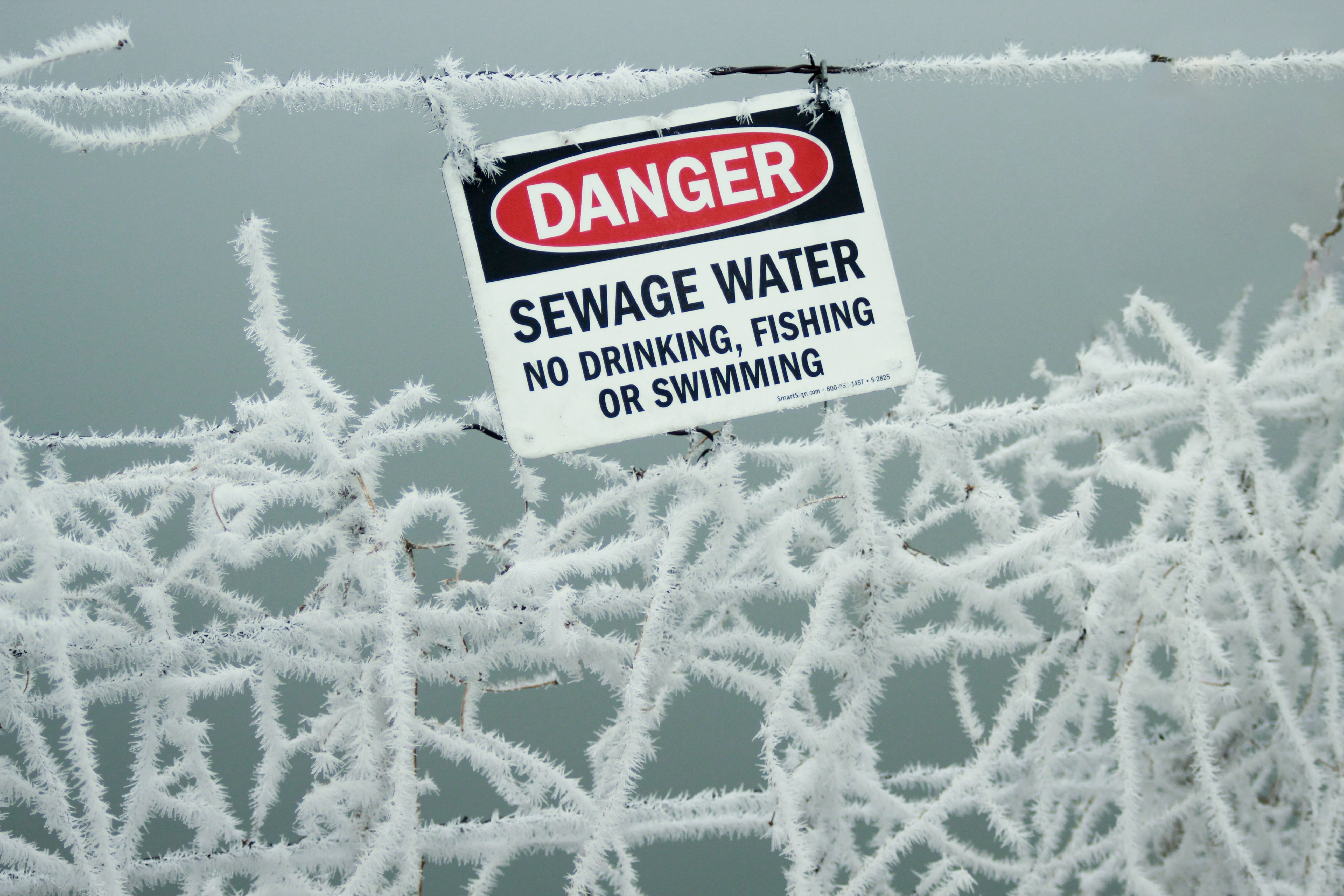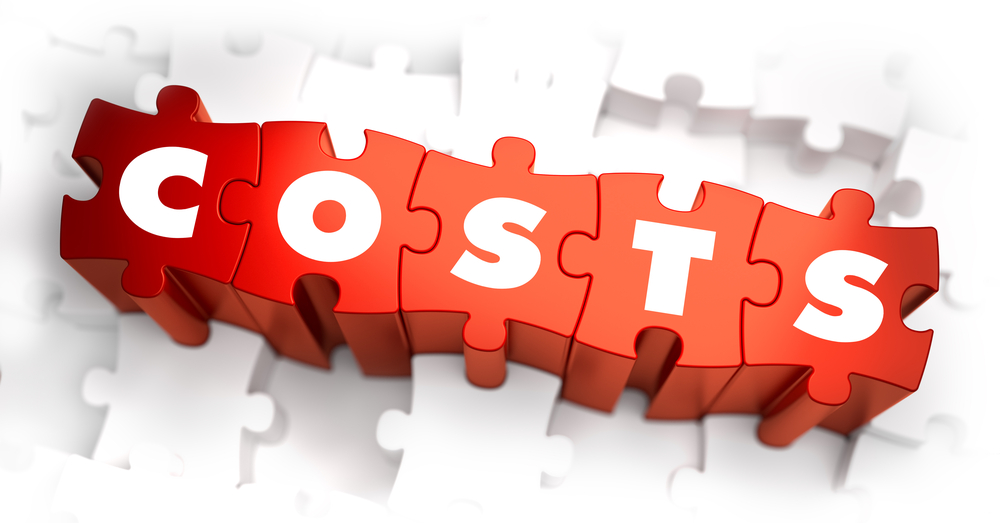In June, 2019, New Jersey Governor Murphy declared a state of emergency in the southern part of the state.jpg) after Burlington, Camden and Gloucester Counties experienced severe weather conditions, including heavy rains and extreme flooding. Bodies of water such as the Rancocas Creek, Big Timber Creek, Pennsauken Creek, Cooper River and Crosswicks Creek were at or above flood stage. Several roads in the tri-county area had to be closed and there was flooding at the PATCO stations in Camden County.
after Burlington, Camden and Gloucester Counties experienced severe weather conditions, including heavy rains and extreme flooding. Bodies of water such as the Rancocas Creek, Big Timber Creek, Pennsauken Creek, Cooper River and Crosswicks Creek were at or above flood stage. Several roads in the tri-county area had to be closed and there was flooding at the PATCO stations in Camden County.
In August, 2018, the Governor declared a state of emergency in Bergen, Essex, Monmouth, Ocean and Passaic Counties when historic amounts of rain fell with some areas reporting receiving more than a month’s worth of rain in two days. The result was significant localized flooding, driving residents from their homes and closing businesses. Municipalities along waterways experience the cleanup of downed trees, mud and other flooding related debris.
.jpg) In April, 2018 localized flooding in Hackensack and Newark resulted in over forty rescues of persons trapped in their vehicles in floodwaters.
In April, 2018 localized flooding in Hackensack and Newark resulted in over forty rescues of persons trapped in their vehicles in floodwaters.
These flooding events are just a few that New Jersey and its residents have experienced recently. The images available online from these storms provide a visual story of the devastation. The cost of cleanup and recovery to the government and property owners is substantial. In addition, the rainwater runs off of impervious surfaces such as roads, roofs, and parking lots into stormwater management systems and waterways bringing with it oil, pesticides, other chemicals, sediments, and bacteria that can contaminate the State’s waters. The result is water that is unsafe for drinking, fishing, and recreational purposes. It is estimated that up to 60 percent of the State’s existing water pollution is due to stormwater and nonpoint sources of pollution.
What can New Jersey do to be better prepared against flooding and reduce water pollution?
Current Conditions
The State has inadequate stormwater infrastructure and management. The systems are either not in place or not able to adequately absorb, capture, or convey stormwater. A run off in large volume and force may cause flooding and damage to homes, businesses, and property. Projections indicate that there will be a rise in sea level and more frequent and severe storms which will increase flooding. New Jersey is prone to water pollution with over 10 percent of its land area covered with impervious surfaces. New Jersey’s 21 urban communities have the most impact with their combined sewer systems, which often overflow and discharge untreated wastewater.

Stormwater infrastructure in New Jersey currently lacks a dedicated source of funding. As a result, the infrastructure throughout the State receives few upgrades and little maintenance after it was initially built. The lack of funding means the existing systems could go unmonitored and unattended until the systems break down.
Solution: Passage of the Clean Stormwater and Flood Reduction Act
On March 18, 2019, Governor Murphy signed Senate Bill 1073 into law creating the Clean Stormwater and Flood Reduction Act. This Act permits municipalities, counties and certain authorities to establish stormwater utilities, and to allow these utilities to assess fees in order to finance the improvement of the State’s stormwater infrastructure, better control water pollution and flooding, restore and enhance the quality of the State’s waters, and protect the public health, safety, and welfare and the environment.
How are stormwater utilities established?
Counties or Municipalities
The governing body of any county or municipality may, by resolution or ordinance, as appropriate, establish a stormwater utility for the purposes of acquiring, constructing, improving, maintaining, and operating stormwater management systems in their county or municipality. It shall be considered a municipal public utility and may be established in a new department or as part of an existing department. A copy of the resolution or ordinance adopted for the establishment shall be filed with the Department of Environmental Protection and the Division of Local Government Services (DLGS) in the Department of Community Affairs. The establishment of the utility shall not modify or otherwise affect a county or municipality’s obligations under any New Jersey Pollutant Discharge Elimination System permit or any other rule, regulation, order, or permit issued by the Department of Environmental Protection.
Municipal Authorities
The governing body or bodies of one or more municipalities that have established a municipal sewerage or utilities authority may, by ordinance, or parallel ordinances, as appropriate, request that the authority establish a stormwater utility for the purposes of acquiring, constructing, improving, maintaining, and operating stormwater management systems in the municipality or municipalities. A service agreement that sets forth the powers, duties and functions of the stormwater utility and any other matters necessary to the agreement is established between the authority and the municipality or municipalities in accordance with this new law and the Local Authorities Fiscal Control Law. This stormwater utility shall be considered a separate operation of the authority to be budgeted and accounted for separately. A copy of the service agreement shall be filed with the Department of Environmental Protection and DLGS. A municipality that contractually delegates to an authority any of its responsibilities under any New Jersey Pollutant Discharge Elimination System permit or any other rule, regulation, order, or permit issued by the Department of Environmental Protection shall remain responsible for compliance if the authority fails to comply.
County Authorities
The governing body of any county that has established a county sewerage, county utilities or county improvement authority may, by resolution, request that the authority establish a stormwater utility for the purposes of acquiring, constructing, improving, maintaining, and operating stormwater management systems in the county. A service agreement that sets forth the powers, duties and functions of the stormwater utility and any other matters necessary to the agreement is established between the authority and the requesting county in accordance with this new law and the Local Authorities Fiscal Control Law. This stormwater utility shall be considered a separate operation of the authority to be budgeted and accounted for separately. A copy of the service agreement shall be filed with the Department of Environmental Protection and the DLGS. A county that contractually delegates to an authority any of its responsibilities under any New Jersey Pollutant Discharge Elimination System permit or any other rule, regulation, order, or permit issued by the Department of Environmental Protection shall remain responsible for compliance if the authority fails to comply.
Shared Service Agreements
The governing body of any two or more municipalities or one or more municipalities, and the county in which the they are located may, by the provisions of the Uniform Shared Services and Consolidation Act (N.J.S.A. 40A:65-1 et al.), enter into a shared service agreement to provide for the construction, improvement, maintenance, and operation of stormwater management systems in the municipalities. A copy of the shared service agreement shall be filed with the Department of Environmental Protection and the DLGS.
How are stormwater utilities funded?
Collection of fees and charges
The stormwater utility that has been established may charge and collect reasonable fees and other charges to recover its costs for stormwater management. These fees and charges are collected from the owner or occupant, or both, of any real property from which originates stormwater runoff which directly or indirectly enters the stormwater management system or the waters of the State. These fees and charges shall be based on a fair and equitable approximation of the proportionate contribution of stormwater runoff from the real property.
recover its costs for stormwater management. These fees and charges are collected from the owner or occupant, or both, of any real property from which originates stormwater runoff which directly or indirectly enters the stormwater management system or the waters of the State. These fees and charges shall be based on a fair and equitable approximation of the proportionate contribution of stormwater runoff from the real property.
In establishing fees and other charges, the stormwater utility shall provide the following fee reductions or exemption:
- A partial fee reduction credit for any property that maintains and operates a stormwater management system that complies with the State and local stormwater management standards that were in place at the time the system was approved and that effectively reduces, retains, or treats stormwater onsite.
- An additional partial fee reduction credit for any property which has installed and is operating and maintaining current stormwater best management practices that reduce, retain, or treat stormwater onsite and which are approved by the stormwater utility.
- An additional partial fee reduction credit for any property which has installed and is operating and maintaining green infrastructure that reduces, retains, or treats stormwater onsite and which exceeds any requirements for green infrastructure that may be applicable to that property under any rule or regulation adopted by the Department of Environmental Protection or the local stormwater control ordinance.
- An exemption from fees and other charges for land actively devoted to agricultural or horticultural use that is valued, assessed, and taxed pursuant to the Farmland Assessment Act of 1964.
The process for unpaid fees and charges are the same as any other tax or fee assessed by municipalities, counties or authorities in that they are subject to interest charges and liens.
In establishing fees and other charges and appropriate credits the stormwater utility shall consult the guidance manual that shall be developed by the Department of Environmental Protection and other best practice guidance manuals published by industry organizations. The Department of Environmental Protections guidance manual is explained later in this article.
Any stormwater utility that collects fees and charges shall remit to the State Treasurer annually an amount equal to five percent of all such fees and charges collected, or $50,000, whichever amount is less. The State Treasurer shall deposit these moneys into the “Clean Stormwater and Flood Reduction Fund” established by this law. This fund is explained later in this article.
Allowable Expenditures, Transfers of Surplus and Issuance of Bonds

Except for the transfer of surplus as permitted by N.J.S.A. 40A:4-35-1 or N.J.S.A. 40A:5A-12.1, where applicable, a stormwater utility may only pay for or recover all or a portion of the following stormwater utility costs:
- Initial establishment of a stormwater utility and ongoing related administrative expenses.
- Capital expenditures for planning, design, engineering, acquisition, construction, and improvements. Any construction contract funded by financial assistance such as loans, bonds, loan guarantees, grants, incentives, tax exemption, or other financial assistance must provide for the payment of prevailing wages.
- Operation and maintenance expenditures.
- Development and implementation of an asset management program for a stormwater management system.
- Development and implementation of a stormwater management plan and stormwater control ordinances pursuant to N.J.S.A. 40:55D-93.
- Any action required to any New Jersey Pollutant Discharge Elimination System permit.
- Development and implementation of any long-term control plan to mitigate combined sewer overflows.
- Monitoring, inspection, and enforcement activities.
- Public education and outreach related to stormwater management.
- Any other stormwater management related purpose that may be authorized by the Department of Environmental Protection, the DLGS, or the Local Finance Board pursuant to rules, regulations or permits.
- The stormwater utility may, pursuant to “Local Public Contracts Law”, enter into a contract with a private entity for the planning, design, engineering, construction, improvement, maintenance, and operation of a stormwater management system.
To the extent that there is available surplus revenue collected by a stormwater utility, an amount not to exceed five percent of the annual costs of operation of the utility may be transferred annually from the utility and included in the local budget of the county or municipality.
A stormwater utility may at one time, or from time to time issue bonds for the purpose of raising funds to pay the cost of any part of the stormwater management system pursuant to its authority under the “Local Bond Law”.
What other provisions in the law are important to know?
- A stormwater utility may acquire by gift, grant, purchase, or condemnation, or in any other lawful manner, any privately-owned stormwater management system, or any real property necessary for the construction, improvement, operation, or maintenance of a stormwater management system. If payment is required for the acquisition, such payment shall not exceed the costs attributable to the ownership, operation, or maintenance of that stormwater management system.
- The owner of a stormwater management system that complies with the State and local stormwater management standards that were in place at the time the system was approved may retain ownership and responsibility for the operation and maintenance of the system, or offer to dedicate the system to the county, municipality or authority. If dedication occurs, the county, municipality or authority assumes operation and maintenance of the stormwater management system. The owner that dedicates its stormwater management system is not exempt from paying any applicable stormwater utility fees.
- Annual Report – A county, municipality, or authority that establishes a stormwater utility shall, within one year after establishment, and each year thereafter, prepare and submit to the DLGS and the Department of Environmental Protection, a report in the form and manner determined by these agencies.
- The report shall also be posted to the website of the county, municipality or authority.
- Within 18 months of the effective date of this law, the DLGS in consultation with the Department of Environmental Protection shall adopt, rules and regulations outlining the substantive requirements of the annual report which shall include, but need not be limited to, information on:
- The stormwater utility’s service area.
- The schedule of fees, other charges, and credits that were established.
- The number of properties subject to the stormwater utility’s fees and other charges, and the number of properties of each land use type, including but not limited to residential, commercial, and industrial, that have been granted credits or exemptions from the fee, and the cumulative value of credits that have been granted to properties of each land use type.
- The total revenues from stormwater utility fees and other charges collected.
- The percentage and amount of revenues from fees and other charges spent on each permitted purpose (see items 1 – 10 in allowable expenditures previously in this article).
- All stormwater management projects implemented in the previous fiscal year.
- Stormwater Utility Guidance Manual – Within 18 months of the effective date of this law, the Department of Environmental Protection in consultation with the Board of Public Utilities, the DLGS and other appropriate stakeholders, shall develop a stormwater utility guidance manual which shall be updated periodically as appropriate. The manual shall include, but need not be limited to technical assistance for the establishment of a stormwater utility; factors to consider when establishing and revising fees and other charges and appropriate credits; information on how to develop an asset management program for a stormwater management system; and information on how to conduct public education and outreach.
- Clean Stormwater and Flood Reduction Fund – As stated previously, stormwater utilities shall annually remit to the State an amount equal to the lesser of five percent of its collected fees and charges or $50,000. These funds are deposited in a fund dedicated to the Department of Environmental Protection’s planning, implementation, and coordination activities related to stormwater utilities in the State, water quality monitoring and assessment, point and non-point source water pollution reduction projects, implementation of its stormwater management program, and a public education and outreach program.
- The passage of this Act also affected other statutes in order to include these new utilities. To review the statutes impacted, refer to sections 19 – 22 of P.L. 2019, c.42.
Conclusion
 The Department of Environmental Protection concludes that the establishment of local stormwater utilities will be an effective management strategy to address the State’s stormwater issues. The State Legislature and Governor agreed by passing the Clean Stormwater and Flood Reduction Act on March 18, 2019 (takes effect September 14, 2019) . Does your county or municipality need some guidance and fiscal assistance with stormwater management? A stormwater utility could be your solution. At Bowman & Company LLP, our professionals have experience helping local government navigate the process of establishing utilities. Contact us if we can be of assistance.
The Department of Environmental Protection concludes that the establishment of local stormwater utilities will be an effective management strategy to address the State’s stormwater issues. The State Legislature and Governor agreed by passing the Clean Stormwater and Flood Reduction Act on March 18, 2019 (takes effect September 14, 2019) . Does your county or municipality need some guidance and fiscal assistance with stormwater management? A stormwater utility could be your solution. At Bowman & Company LLP, our professionals have experience helping local government navigate the process of establishing utilities. Contact us if we can be of assistance.
{{cta(’85e83cdb-a7d8-43e0-8ce4-ce52431643a6′)}}
